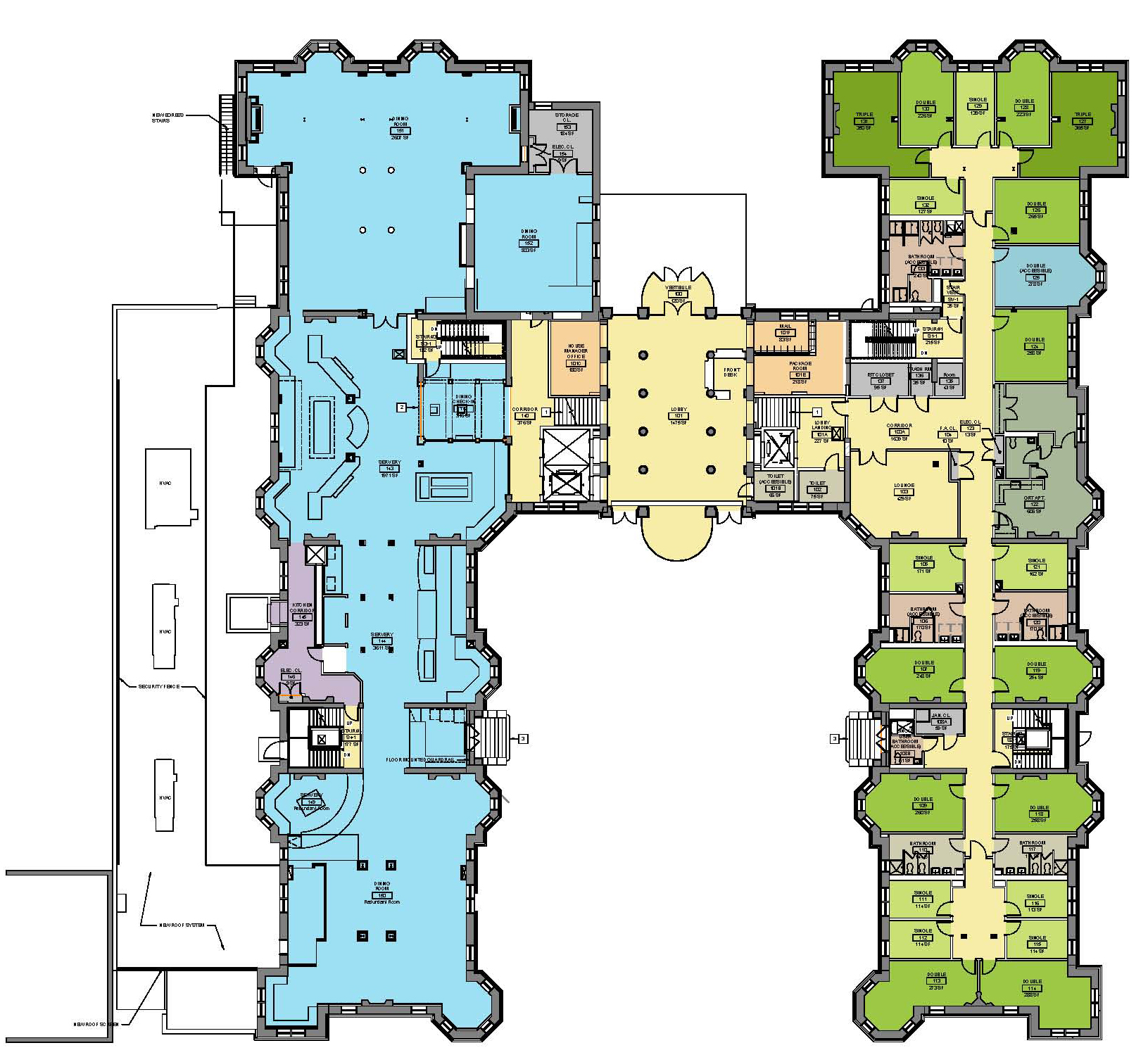Secrets of George Eastman and W-1
-
-
slice.mit.edu
Filed Under
Recommended
There’s a saying that history doesn’t repeat itself, but it does rhyme. If that’s true, there’s a poem going on at MIT right now.
The first line happened nearly a century ago when MIT planned its shift across the river from Boston to Cambridge. In 1912, George Eastman, the founder of Eastman Kodak Company, made the move possible with a $2.5 million donation to fund the construction of the main academic complex.
It was a marvelous, historic gift—but Eastman declined to take public credit for it. Instead, because Eastman insisted on anonymity, MIT President Richard Maclaurin identified the donor only as “Smith” or “Mr. Smith.”
Not even the members of the Corporation knew the source of the millions. For years, no one was in on the secret except President Maclaurin, his wife, and his secretary.
Indeed, Mr. Smith was the subject of national speculation. According to a 1932 article in The Tech, two other New York millionaires, each of whom suspected the other, had a dinner in which they cagily danced around the issue, “but separated without having discovered any secrets and with enlarged respect for the bluffing power of each other.”
And the need for secrecy created awkward moments for President Maclaurin. In 1916, an ambassador from MIT boarded a train to upstate New York to ask Eastman for money to support the Department of Chemistry. An embarrassed Maclaurin sent a hasty note. “I have just heard by accident that Mr. A. D. Little, a member of the Corporation of the Institute, is going to Rochester today … I could not dissuade him from his project without revealing your identity as a benefactor,” he wrote to Eastman.
Eastman did meet with Little and agreed to donate $300,000 although, perhaps to obscure his role as Mr. Smith, he made the gift public. Ultimately, Eastman gave substantial sums of his fortune to higher education, with the University of Rochester as the largest benefactor. MIT received nearly $20 million—most of it anonymously as Mr. Smith.
So why is history rhyming at MIT? Because similarly modest donors continue to shape our campus today.
The grande dame of the dormitory system, Old Ashdown House, presides over the gateway to MIT at the corner of Mass. Ave. and Memorial Drive. We have a new Ashdown House now: NW35, which houses graduate students in the northwest corner of campus.
W1, as we now call the majestic residence, has been gutted and is in the midst of a complete renovation. When the financial crisis threatened to bring work to a halt two years ago, anonymous gifts ensured that the project moved forward. To date, unnamed benefactors have given $20 million—crucial funding at a critical moment.
Eastman’s generosity laid the foundation for MIT’s academic buildings at the start of the last century. We may not know the identities of the current set of “Smiths,” but we can be certain that they are helping to set the cornerstone for residential life for the next century.
Whoever they are, every Mr. or Ms. Smith has our thanks.








